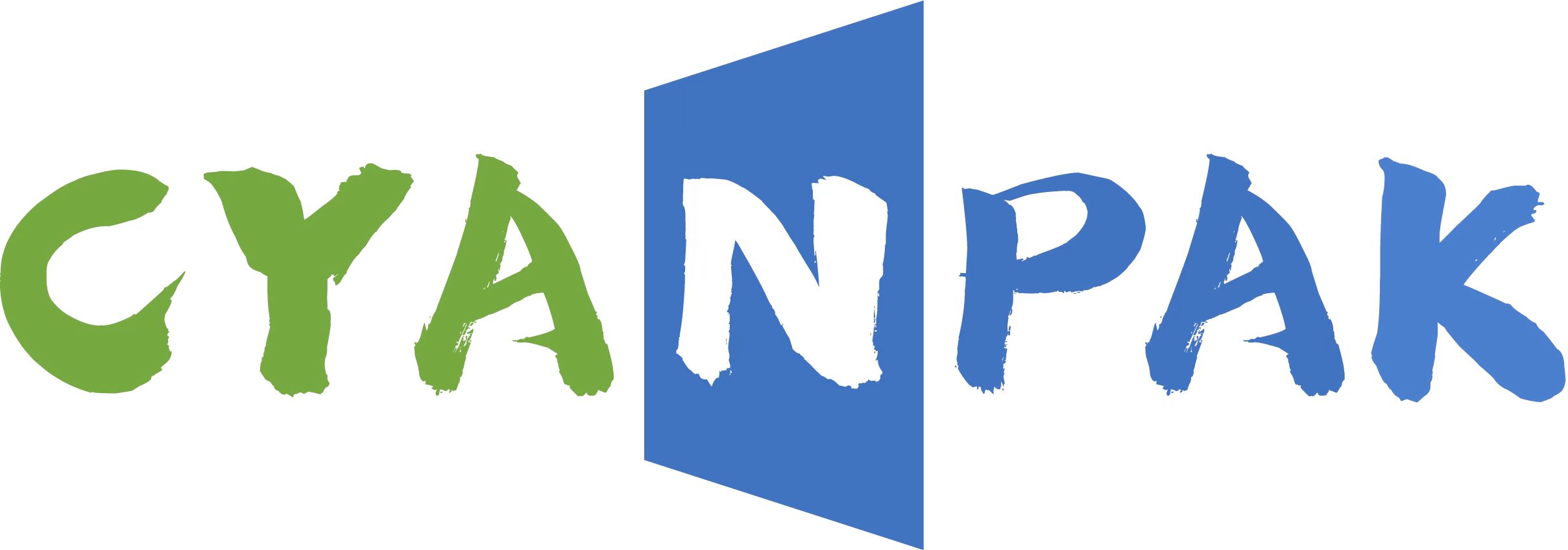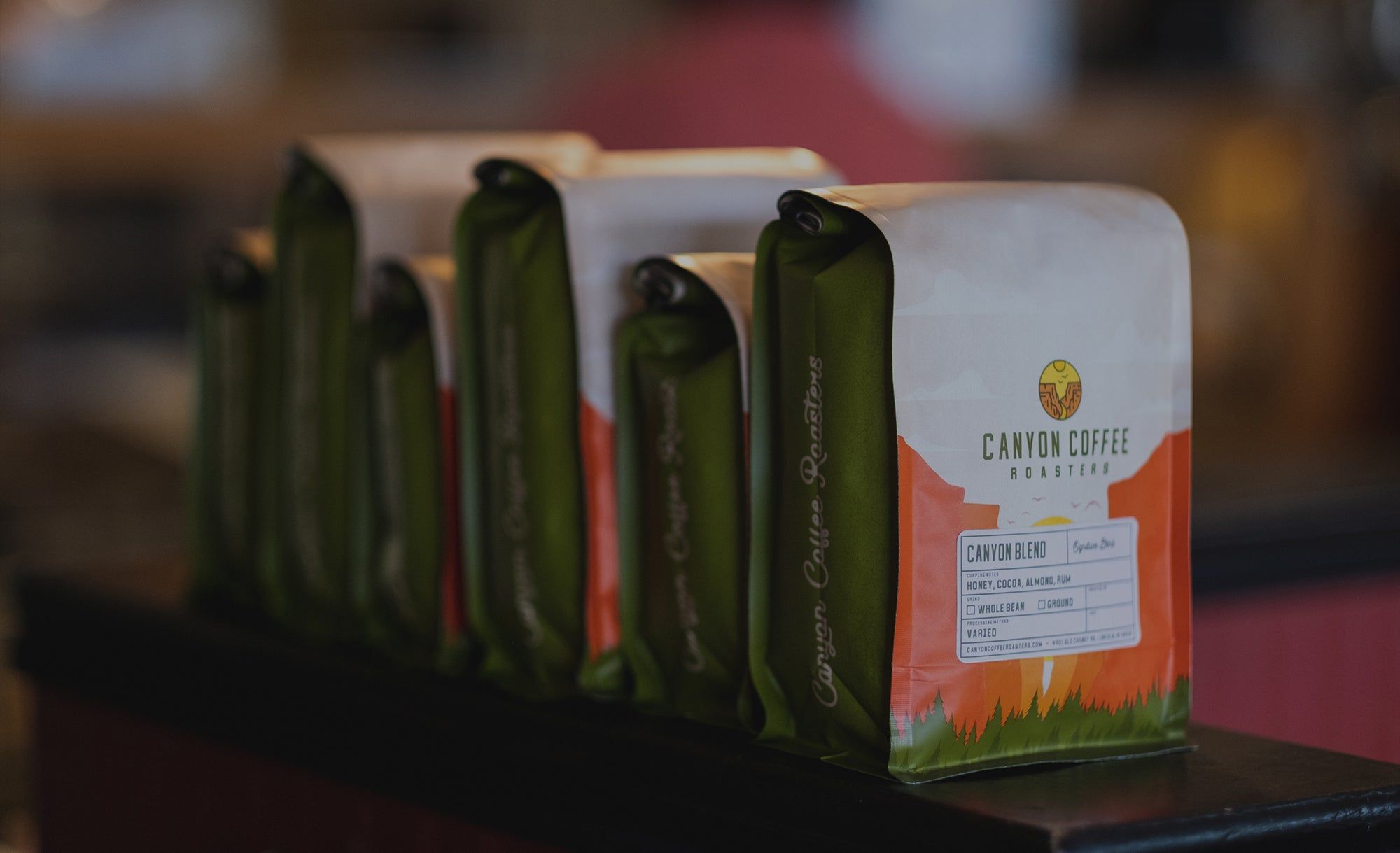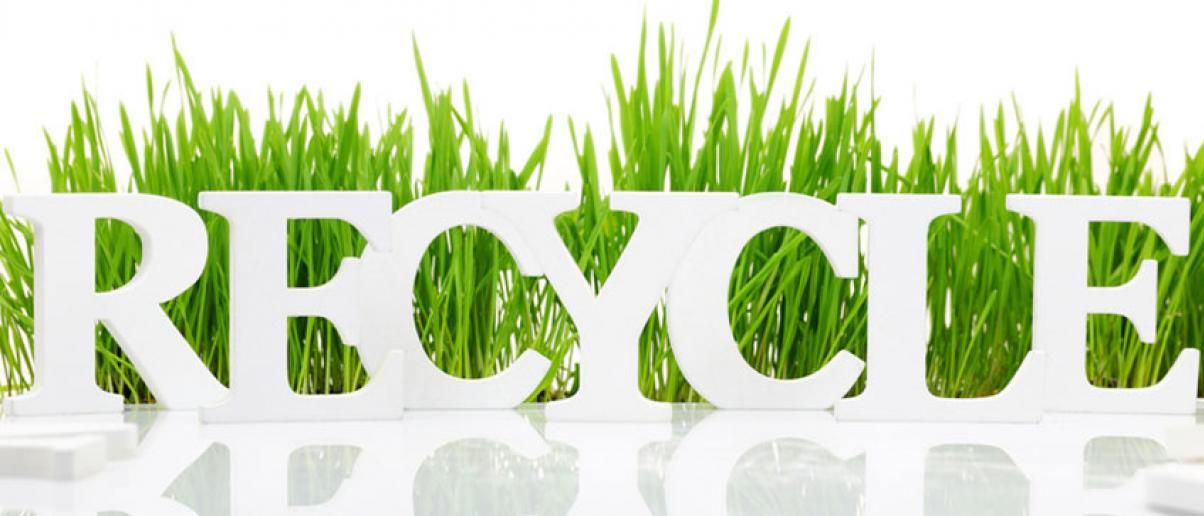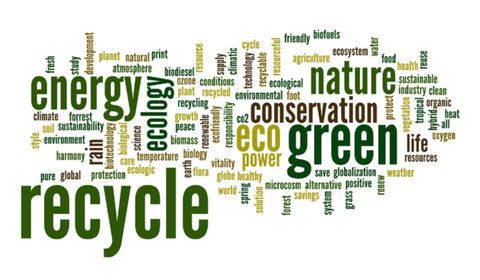The optimum way for their custom printed coffee bags will depend on the needs of each specialty roaster.
Having said that, the entire coffee business is using more environmentally friendly procedures and using recyclable materials for packaging. It makes sense that this would also apply to printing techniques used on packaging.
Flexography, UV printing, and rotogravure are a few examples of typical printing techniques that might be categorized as environmentally friendly. However, the development of environmentally friendly digital printing techniques has transformed packaging printing.
Digital eco-friendly printing techniques use less energy than traditional printing techniques and can print on recyclable and biodegradable materials.
What distinguishes conventional printing methods from environmentally friendly printing?
The equipment used for eco-friendly digital printing typically consumes less energy than traditional models, which is one of the key ways it varies from conventional printing methods.
For instance, UV printing uses less electricity because it doesn’t need mercury lamps to dry wet ink. This results in a considerable energy savings when multiplied by hundreds of thousands of units.
Second, printing plates constructed of extended metal sheets are generally used by commercial printers. These sheets have the desired design because they have been laser-engraved. After that, they are inked up and printed into packaging.
This has the disadvantage that once the order has been printed, the sheets cannot be used again; they must either be thrown away or recycled.
Flexography printing techniques, on the other hand, make use of washable printing plates. The amount of waste and energy that would otherwise be used to process and print new sheets is greatly reduced as a result.
The cylindrical printing plates used in rotogravure printing are particularly robust. It is noteworthy that a single cylinder can be used more than 20 million times before needing to be replaced.
Rotogravure printing can be a very sustainable investment for coffee roasters who don’t frequently modify the look of their coffee packaging.
Digital environmentally friendly printing on eco-friendly materials
Digital printing on sustainable materials, such as biodegradable, compostable, and recyclable substrates, has recently been made possible by eco-friendly printers. This is a fantastic chance for more roasters to spend money on personalized coffee bags.
Selecting a printer that collaborates with packaging makers might be a worthwhile investment because these companies are investing significant sums of money in the development of new sustainable materials.
However, others criticize the lack of adaptability that flexographic and UV printing offer to roasters in terms of quality. Simple forms and solid colors are more suited for use with these two techniques.
In contrast, because new patterns may be printed using inexpensive pre-made plates, digital printing is more adaptable.
By purchasing the HP Indigo 25K Digital press, for instance, CYANPAK has made an investment in environmentally friendly printing equipment. When compared to flexographic and rotogravure printing methods, HP claims that the technology can reduce the environmental effect by as much as 80%.
It is crucial to remember that flexographic and rotogravure printing methods are already more environmentally friendly than standard business printing.
Businesses have complete choice when choosing the variety and level of complexity of the designs they want to use thanks to the HP Indigo 25K Digital press. It is possible to use intricate details, seasonal variety, and premium products without increasing expenses or jeopardizing a company’s viability.
Biodegradable and recyclable packaging materials can be printed on with high-quality standards using environmentally friendly digital printers.
Additionally, since these printers don’t need plates, this waste product is completely eliminated.
Given that digital printing technology is a pricey investment, roasters must decide if it is worthwhile to frequently update their packaging designs.
Why is eco-friendly printing important to coffee roasters?
Customers are pressuring brands to take responsibility for their environmental impact in increasing numbers.
Customers like companies with similar philosophies and may even boycott those who refuse to advance sustainability. According to a survey conducted in 2021, 28% of consumers no longer purchase particular products due to moral or environmental considerations.
In addition, respondents were asked to list the ethical or environmentally sustainable actions that they value most. They wanted to see more firms engage in three practices: trash reduction, carbon footprint reduction, and sustainable packaging.
Consumers are getting more selective about the companies they choose to support, according to a number of surveys.
Given that a brand’s packaging is the first thing customers notice, it gives a clear indication of how sustainably the company operates. A sizable portion of customers may stop supporting if they don’t see the dedication they expect.
Beyond the financial costs of not going greener, speciality coffee roasters run the risk of having to change the way they do business.
Already, climate change and rising temperatures have made it more challenging to cultivate coffee.
According to IBISWorld’s research, the price of coffee increased globally by 21.6% in a single year as a direct impact of climate change.
The recent frost that ravaged Brazil’s coffee plantations is a prime illustration of the destructive effects of climate change. A third of the nation’s arabica crop was destroyed by the abrupt temperature drop.
Increased instances of harsh weather might drastically decrease coffee production, which could have significant repercussions for everyone who works in the coffee industry.
However, coffee shop owners and roasters can contribute to a reduction in carbon emissions throughout the supply chain by working with packaging companies who employ environmentally friendly printing techniques. This might not only support the sector at a crucial moment, but also help roasters reduce their carbon footprint.
Many organizations now place a high importance on sustainable practices because they understand that if eco-friendly policies are not properly implemented, they risk losing paying customers.
According to recent polls, 66% of consumers are willing to pay more for alternatives to conventional goods.
This demonstrates that even if sustainable changes result in higher costs, they are probably outweighed by a rise in consumer loyalty.
Purchasing eco-friendly printing equipment could benefit the speciality coffee market as a whole. Additionally, it can increase customer loyalty while preserving the ethical and responsible character of your brand. Additionally, coffee roasters who use custom-printed bags can see an increase in repeat business and brand identification.
As a result of our investment in the HP Indigo 25K Digital Press, CYANPAK is now able to meet the demands of rapidly changing roasters for a variety of sustainable coffee packaging options, such as compostable and recyclable bags.
We can support roasters so they can keep offering ecologically friendly products to their clients without sacrificing quality of components or aesthetics.
Additionally, it makes it possible for micro roasters and those selling limited edition coffee to create totally customized coffee packaging.
Post time: Dec-07-2022






